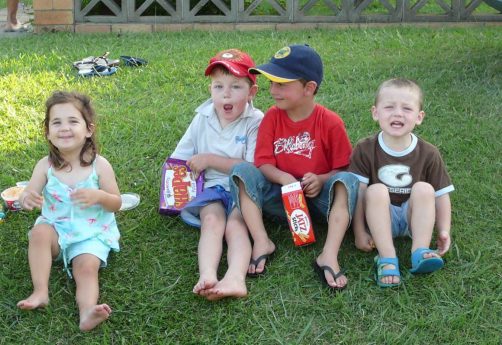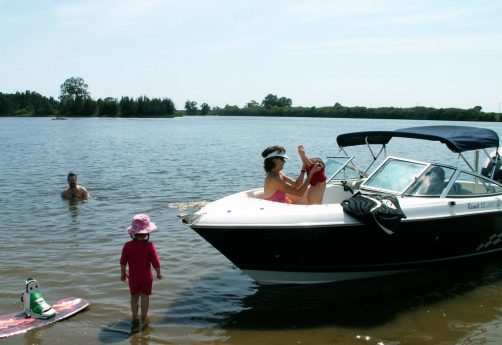
Invite dependence and act as the child’s compass point
“People don’t care how much you know, until they know how much you care” Stephen Covey
In a previous blog, I summarised the essential steps involved in fostering parent/child relationships, as outlined by Gordon Neufeld and Gabor Maté (2014) in their book ‘Hold on to your kids: Why parents need to matter more than peers.’ The steps outlined run counter to the current parenting culture and merit further investigation; so this blog expands on their third and fourth steps ‘Invite dependence’ and ‘Act as a child’s compass point.’
According to Neufeld and Maté (2014), inviting an older child to depend on us is to convey that she can trust us, count on us, lean on us. She can come to us for assistance and expect our help. We are saying to him that we are there for him, and that it’s okay for him to need us.
So, rather than pushing our children toward independence, they recommend supplying them with generous offerings of assistance. We want them to think for themselves. However, they cannot get there if we resist their dependence, or chastise them for lacking maturity. Our children and adolescents must be free to lean on us, without any sense of shame for their neediness.
Neufeld and Maté (2014) declare that when adults do their job of meeting genuine dependence needs, nature is free to do its job of promoting maturity. So parents who encourage their children to depend upon them, are actually more likely to be effective in fostering independence in the end. They maintain that there is no shortcut to true independence: it is via dependence, then letting nature take its course.
While we are fairly intuitive at acting as a compass point with young children, Neufeld and Maté (2014) acknowledge that many of us lose this orienting instinct with older children. We no longer assume the role of: a) introducing them to those around them; b) familiarising them with their world; c) informing them of what is going to happen; and d) interpreting what things mean. In short, we fail to act as a guide to those who still depend on us.
Younger children are automatically inclined to keep close to their working compass point. Teenagers also need us to help them get their bearings, although they may not show it. Neufeld and Maté (2014) recognise that peer orientation, surfacing as ‘it’s not cool to look vulnerable’, stops adolescents from looking lost or confused. This is a look which automatically activates our instinct to orient. Those who wear this look, even as adults, can provoke orienting responses from complete strangers.
‘Intuitively we all experience the power of orienting as a primer for attachment. Imagine being in a foreign city, lost and confused, separated from your belongings. Unable to speak or understand the language, feeling helpless and hopeless about your circumstances. Imagine someone approaching you and offering her assistance in your own language. After she had helped orient you about the persons to contact and places to go, every instinct within you would be primed to maintain closeness with your guide. Once she turned to go, you would undoubtedly seek to prolong the conversation, grasping at straws to keep her close. This being true for adults, how much more so for adolescents?’ (Neufeld & Maté 2014).
Thus, Neufeld and Maté (2014) urge us to summon confidence and assume our position as the working compass point (guide and interpreter) in our teenagers’ lives. Inform them what is going to happen, where we will be, what they will be doing, who this person is, what something means. The more we orient our teenagers in terms of time and space, people and happenings, meanings and circumstances, the more inclined they are to keep us close. And of course, orienting them about their identity and significance: ‘You have a special way of…,’ ‘You have what it takes to…,’ ‘You’ve got the makings of an original thinker,’……..
“We must remember that older children are in need of being oriented, and that we are their best resource for that, whether they know it or not.”
“With our own child, orienting reactivates the child’s instincts to keep us close. When collecting another’s child, orienting is an essential step to cultivating a connection.”
Reference: Neufeld, G. & Maté, G. 2014, Hold on to Your Kids: Why Parents Need to Matter More Than Peers, Ballantine Books, New York


